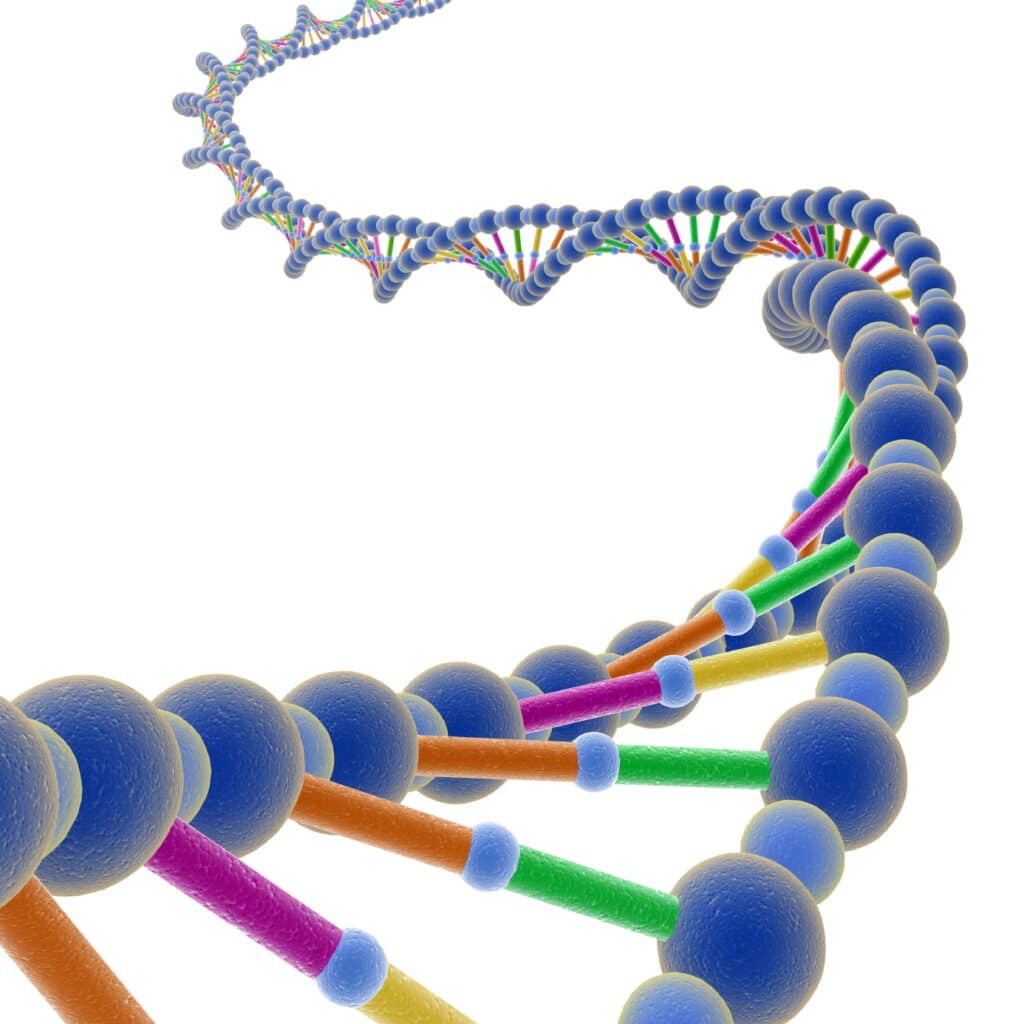Stunning Breakthrough: Hemgenix
Last week we shared an essay by Paul Clement about the approval for gene therapy for hemophilia A, approved only in Europe, and asked, when for the US?

While that question is still valid for hemophilia A, the stunning news this week was that gene therapy–at long last—is approved, for hemophilia B!
The news straight from CSL Behring: “This historic approval provides a new treatment option that reduces the rate of annual bleeds, reduces or eliminates the need for prophylactic therapy and generates elevated and sustained factor IX levels for years after a one-time infusion.”
The news was so startling, it made front page on CNN.com. But I suspect not for the scientific reason but for the economic reason: it comes with a $3.5 million price tag, making it the most expensive drug on earth currently.
Hemophilia Economics 101
While high prices are nothing new in hemophilia—factor therapy has always been among the world’s most expensive drugs—the sticker price was shocking to many. So many people have asked me through the years when is the price of factor going to come down, as if it were a high-tech consumer item like camcorders, Walkmans or DVD players. Remember those? They get mass produced, offshored, and millions upon millions of consumers buy them, which eventually drives the price down. And don’t forget competition. Basic supply and demand.
Hemophilia drugs are nothing like that. There are many factors that determine price but here are three: the research and development (R&D) that was spent to create the drug; the finite marketplace; and whether insurance will cover the cost.
R&D for drugs such as Roctavian, the brand name of BioMarin Pharmaceutical’s gene therapy product approved in Europe for hemophilia A, and Hemgenix, the brand name of CSL Behring’s gene therapy product approved by the U.S. FDA for hemophilia B, can surge to the hundreds of millions, if not billions, of dollars. The money needs to be recouped, and reinvested in the company, and to investors.
The smaller the target audience, the higher the price. How can you recoup the R&D with such a small consumer audience as hemophilia B? In the U.S., there are approximately 20,000 with hemophilia, of which about 15% have hemophilia B. Not everyone of these patients will want gene therapy; not everyone can afford it.
By afford it, I mean have insurance cover it, which is the final piece of the pricing puzzle. Who will pay the $3.5 million per patient? State Medicaid plans? Commercial insurance? What if a patient on Blue Cross Blue Shield is approved, gets the gene therapy, has it reimbursed, but the following year switches plans? How does this benefit the bottom line at BCBS? Will insurance companies say no to gene therapy based on these concerns?
Advocacy is Key
This is where our decades of strong advocacy in the hemophilia community will make a difference. In a way, we’ve been preparing for this moment our whole lives. While the new drugs are not being touted as a cure, those of us old enough remember the slogan “A Cure by 2000!” We have fought for compensation for those infected by HIV and hepatitis from unsafe blood products. We fought for the new recombinant drugs, when insurance denied us. We fought for longer half-life drugs, for prophy, for bi-specific antibody products. All of these came with higher price tags, and eventually we prevailed.
And now?
We will all need to be educated about this new gene therapy, and how to approach our insurance companies, if we want it. As we have been preaching since 2005, when everything changed in insurance for hemophilia, you need to learn to speak the insurance company’s language; debate with them in a way they are used to; work with your healthcare team; stand with your state hemophilia group.
There are so many excellent products available to treat hemophilia, will insurance companies use this to deny gene therapy? At this point, no one knows, but we do know we need to get prepared. Why?
BioMarin is actively working on getting Rotavian approved for hemophilia A in the US. And that will impact thousands more in our community. How the insurance reimbursement of Hemgenix plays out could be a harbinger of things to come.
Read CSL Behring’s press release here.


